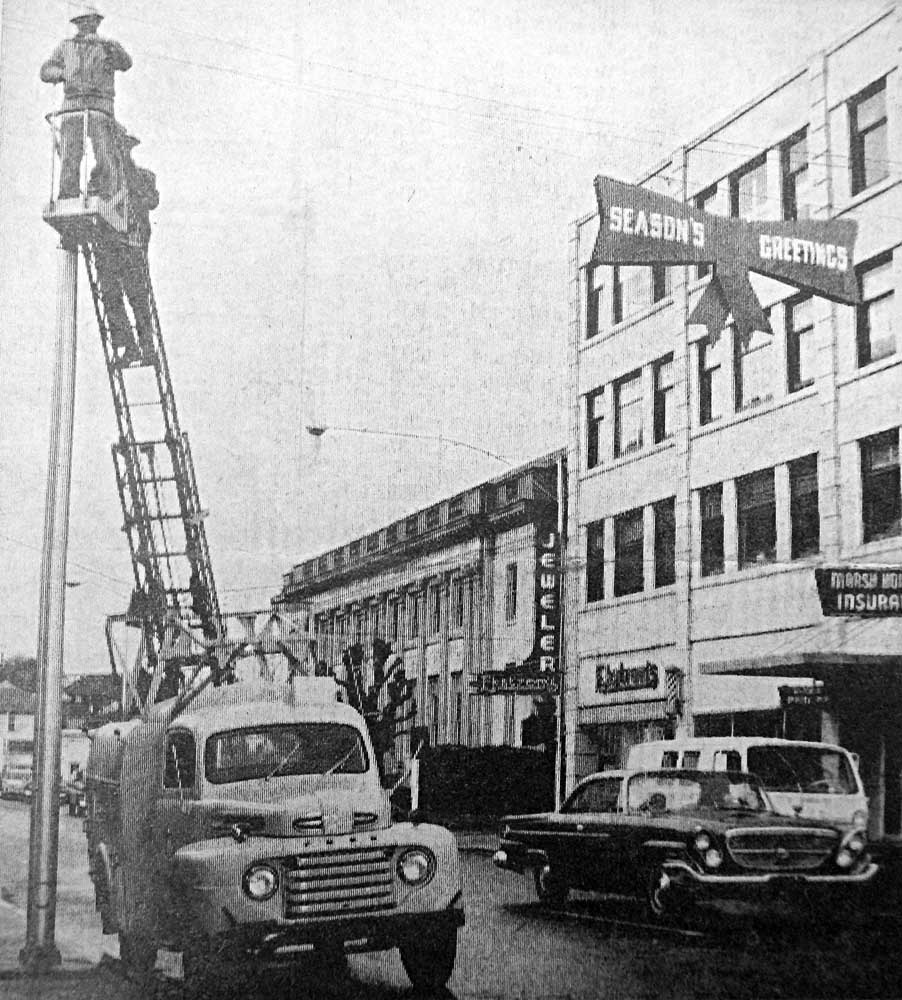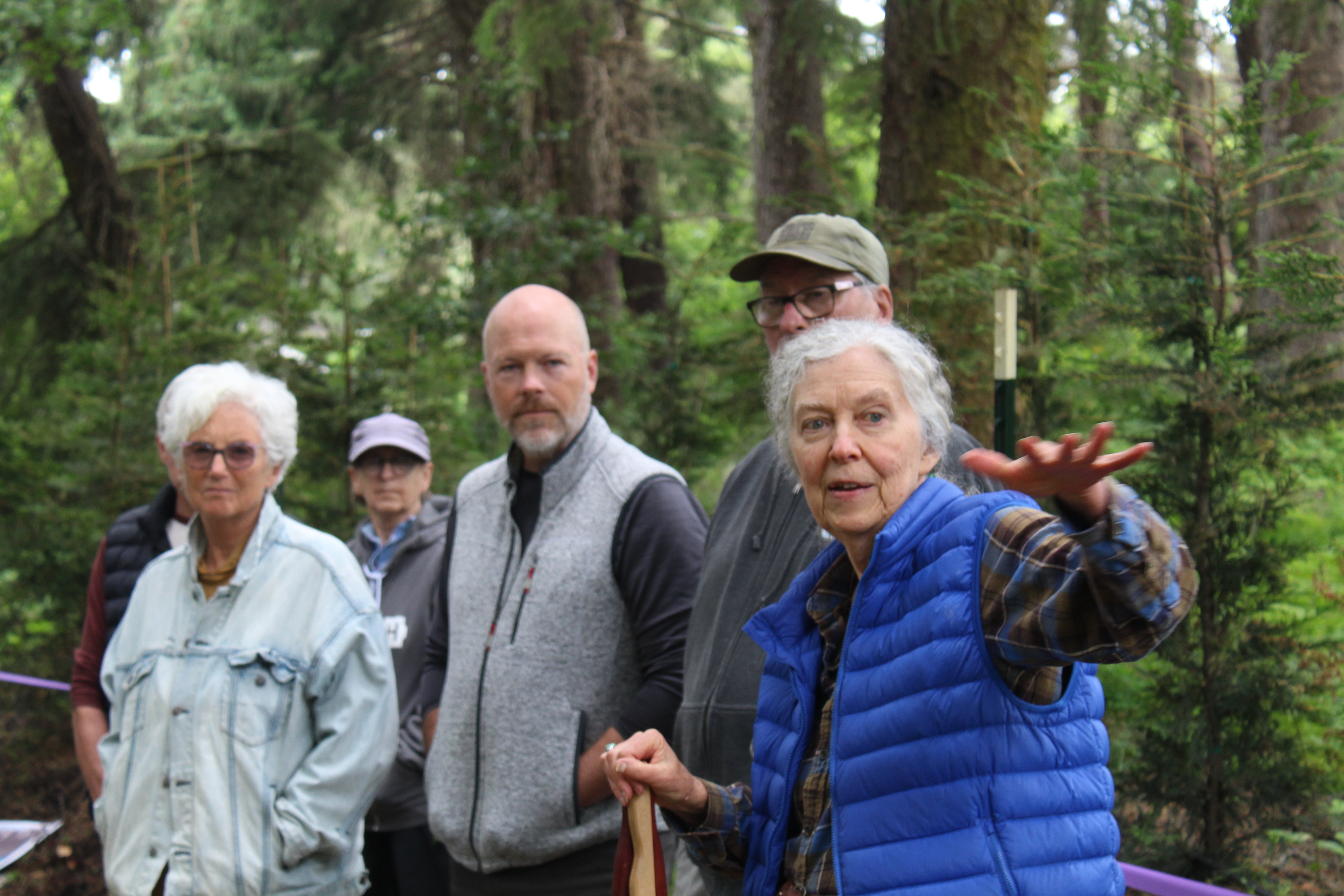No headline.
Published 7:00 pm Tuesday, November 24, 2015

- No headline.
10 years ago this week — 2005
Trending
In November 2004, plans were proceeding smoothly toward a traffic light for the “Safeway intersection” at 33rd Street and Lief Erikson Drive. The light would cost just over $200,000, with the city paying $53,000, Safeway $50,000 and the Oregon Department of Transportation $90,000.
The light was to be in operation within six months.
Twelve months later, there’s still no light.
Trending
And the Astoria City Council learned Monday night that the contractor, Civil-Works NW, is asking for a $79,000 change order that would balloon the cost of the problem-plagued project to $306,000. That was too much for the three council members who attended Monday’s meeting, who declined to approve the change order and asked staff to go back to ODOT to increase its share.
Work on the light, which was to have resumed on Dec. 5 and been completed by Jan. 20, is now on hold.
The “Curse of Fort Clatsop” lives on.
The latest archaeological dig in search of signs of Lewis and Clark’s winter encampment once again revealed some tantalizing signs in the soil that on further investigation turned out to be false leads.
The Fort Clatsop dig wraps up this week with researchers having uncovered a handful of artifacts but no definitive signs of the explorer’s famous winter home.
The Dungeness crab fishing seasons in Oregon, Washington and Northern California have been delayed by at least two weeks after tests indicated the crustaceans will not be ready to harvest.
“We just don’t want to bring crabs to market that are not ready,” said Mitch Vance, shellfish project leader for the Oregon Department of Fish and Wildlife. “It’s best just to wait.”
50 years ago — 1965
City Council Monday night voted formally to send an invitation to Burgermeister and Mrs. Wilhelm Willinger of Walldorf, W. Germany, to attend the Regatta next summer.
Two years ago Walldorf, Astoria’s sister city, invited Mayor and Mrs Harry Steinbock, Councilman and Mrs. Frank Thorsness to attend the 200th anniversary celebration of the birth of John Jacob Astor, where the mayor said hospitality was magnificent.
The U.S. Coast Guard Thursday canceled plans to turn off the light in the 109-year-old Cape Disappointment light house.
The Columbia River Bar Pilots had protested the plan because they use the light as a range marker and depend heavily upon it when moving ships in and out of the river.
Asked if the bar pilots had other reasons for protesting discontinuance of the light, Quinn said “Let’s put it this way. The Cape Disappointment light is a very useful and important navigational aid and we definitely need it.”
A second radiotelephone channel is now available for ship-to-shore radio telephone users in the Astoria area, R.E. Jensen, local manager for Pacific Northwest Bell, announced.
Channel 2 has been added to provide relief for KFX Channel 1, previously Astoria’s only coastal harbor radiotelephone channel.
75 years ago — 1940
Further expansion and rehabilitation of the harbor defenses of the Columbia has just been authorized by the army, according to word just received by military authorities at Fort Stevens.
Increase in personnel, construction of new barracks, and rehabilitation of abandoned Forts Canby and Columbia across the Columbia River are on the program to be undertaken in the immediate future, according to Col. H.C. Davis, commanding officer of the harbor defenses of the Columbia.
Collecting bogus money has become a hobby with Mrs. E.C. Judd who works in the city treasurer’s office and has the responsibility of counting each day’s take from the parking meters. Almost every day, Mrs. Judd finds three or four bits of metal ranging from washers, tax tokens, slugs, defaced coins, foreign money and skill tokens to chips good for one ride on such and such a bus in some town.
These attempts to cheat the meters are not the only contacts Mrs. Judd has had with the public. Not long ago, an irate man came in and asked if she had noticed any Indian head pennies in the day’s take. Mrs. Judd replied that she counts the pennies and nickels so fast that it is impossible to pick out certain types.
The distraught man informed Mrs. Judd that his wife had unwittingly taken his collection of Indian head pennies and fed it to the meters. Asking Mrs. Judd to withhold action for a few minutes, the man left only to return in a short time and trade rolls of pennies amounting to $10 with those that the city had taken in during the previous day in which the man hoped to find his treasures. No word has since been heard of the outcome.









